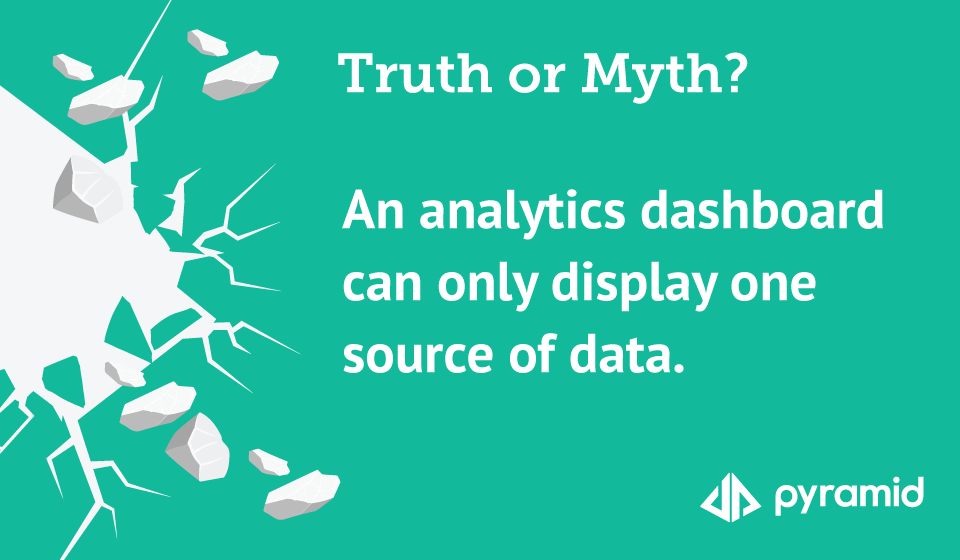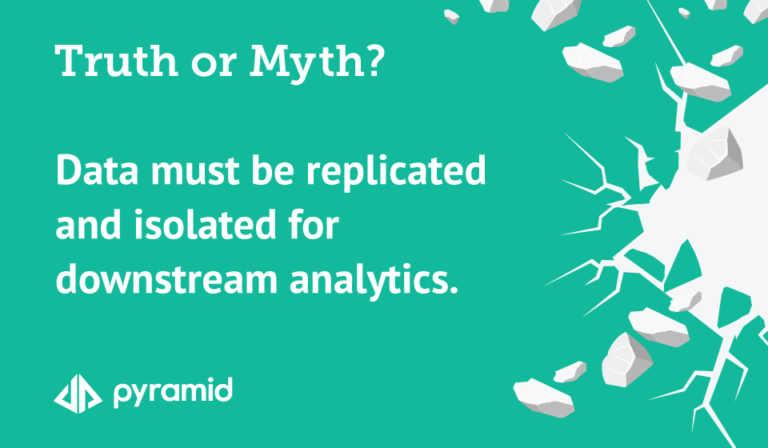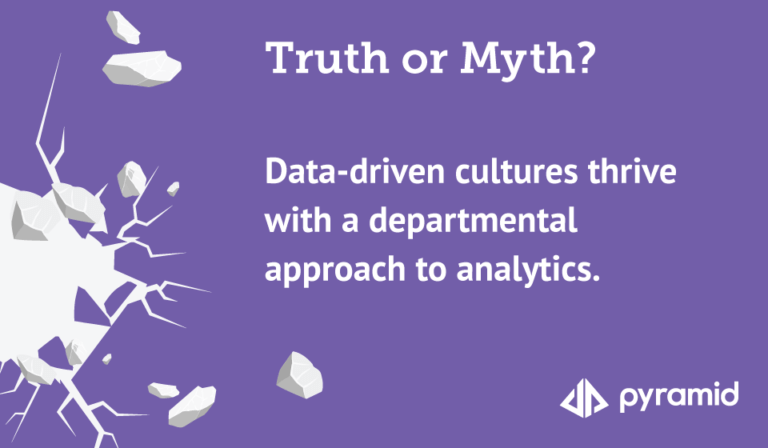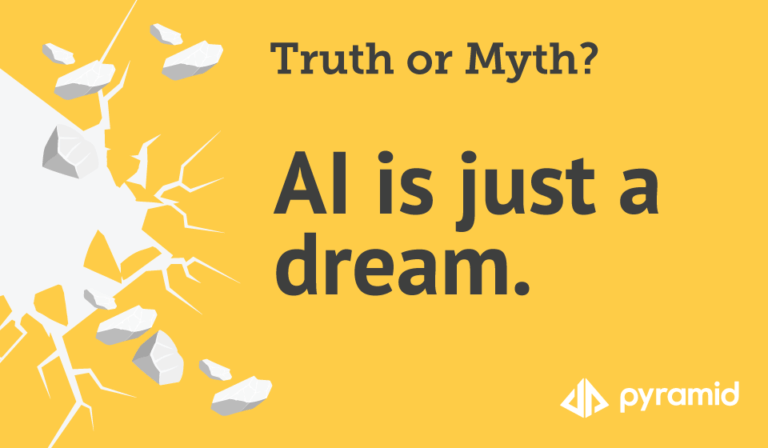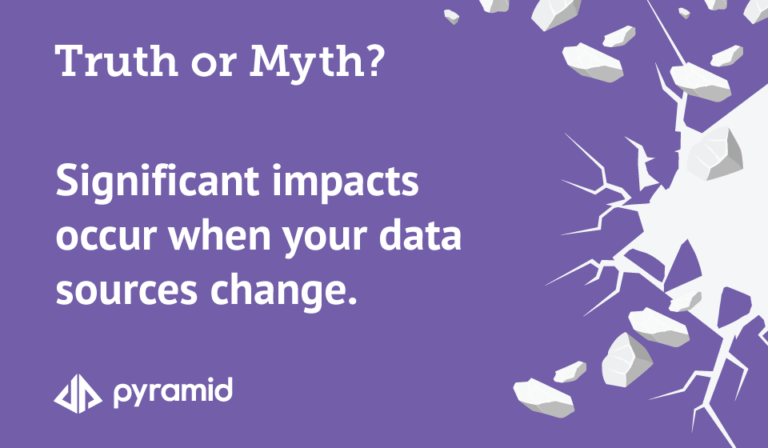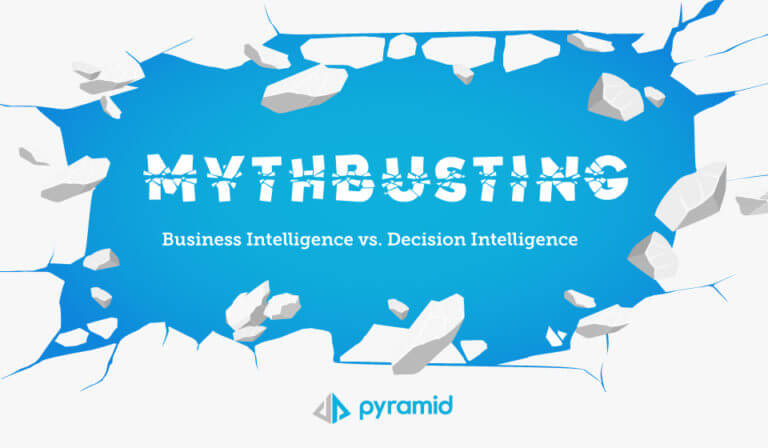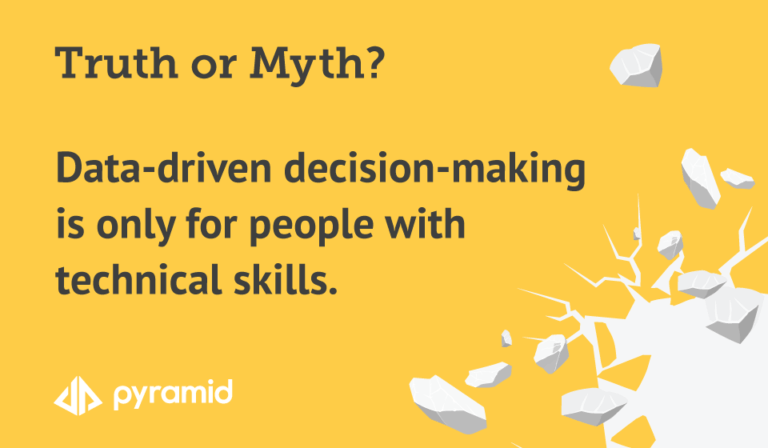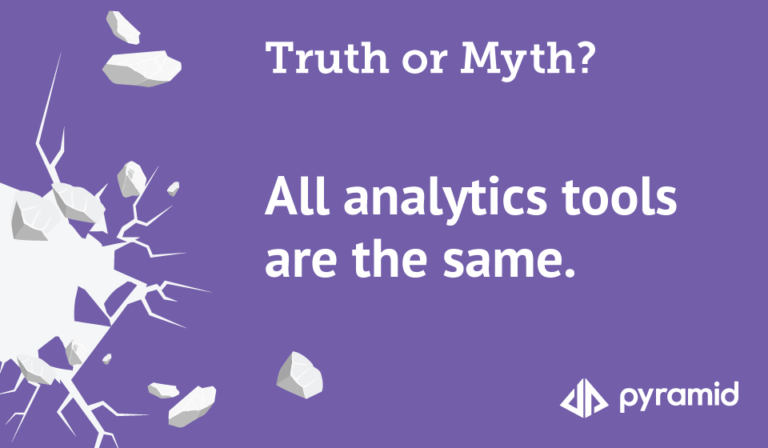Decision-makers across an organization should be able to access a dashboard of all data to see the trends and factors driving their decision-making. But is this even possible considering most BI tools can’t integrate data from multiple sources into a single dashboard view?
The reality is, while reports and dashboards are the most common types of analytics with nearly all organizations agreeing on their importance, people have come to expect dashboards that can only display one source of data. So instead of a single dashboard, organizations end up with dozens of dashboard views of all different data sources, making analysis and insights difficult to come by.
This limitation is widely accepted as a fact of life. But what’s also true is that answers to complex questions often require more information from more sources. Data from one source alone is not always enough. Insights come when data intersect, revealing new perspectives.
A common workaround to address the inability of analytics tools to display more than one data source is to extract data from core systems and bring it together in a dashboard. The problem with this workaround is that it introduces data latency and replication risks.
Another common workaround is to ingest the data into a proprietary in-memory engine, which can then display data with other sources in one dashboard. However, when data is ingested in this way, issues with business rules and data governance emerge. Plus, there are limitations to the amount of data that can be ingested.
Typical BI tools require data to be brought into a single standardized format. But is there a better way? As data volumes grow exponentially organizations must be able to instantly connect to any data source directly, query, and blend any amount of data. Is this even possible?
The truth is… you can integrate data from multiple sources into a single dashboard.
Our latest guide, Mythbusting Business Intelligence vs Decision Intelligence reveals the truth. To see beyond the obvious, you must be able to integrate data from multiple sources, wherever that data resides—Amazon Redshift, SQL Server, Excel, wherever. And you can do so with a decision intelligence platform.
The truth is it is possible to integrate governed data into a single dashboard with the right approach. The right decision intelligence platform will enable any person to display the disparate data sources they have managed access to on a dashboard. And better yet, they’ll be capable of filtering, slicing, and dicing across that data without duplicating or extracting it to a separate location. This is where unexpected answers come from!
Hello, decision intelligence.
At Pyramid Analytics, we’re building a movement around decision intelligence that starts with dispelling common myths about BI and analytics that hold organizations back. We’ve watched organizations continue to invest in multiple fragmented tools that require specialized technical skills to try and address the shortfalls of typical BI tools. This has only made things worse. There is a better way.
Decision intelligence is an evolving approach to data analytics that can help regular employees independently access the data they need, when they need it, to support business decisions of all kinds. Decision intelligence can empower any person in an organization—from the C-suite to the front-line and everyone in between—with the insights they need to make faster, more informed decisions, even if they don’t have a technical background in analytics or data science.
We invite you to read our Mythbusting Business Intelligence vs. Decision Intelligence guidebook to learn more about this and many other of the most widely held beliefs about data and analytics today. Get instant access to the Mythbusting guide here (no registration required).




